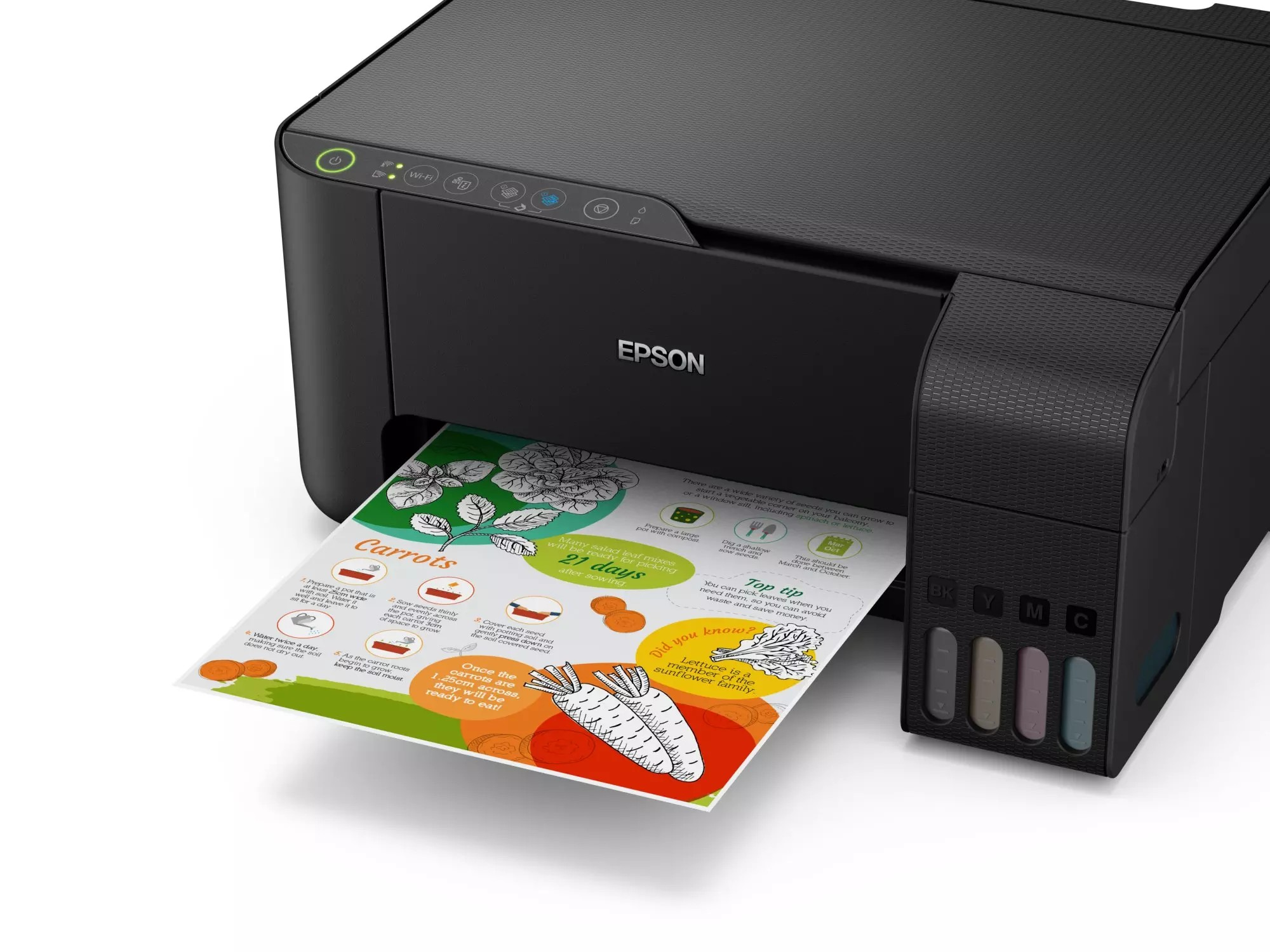Business Tech
Hybrid printing transforms the workplace
Print is evolving to meet the demands of a changing market, writes Epson global president YASUNORI OGAWA.
The hybrid workplace is here to stay as companies increasingly integrate remote working capabilities into their structures and cultures. Within this context, printing technology has emerged as a crucial factor in ensuring employees are able to meet their full potential and, by extension, organisations can adopt the flexibility and agility that workers demand.
“The growth of digitisation often leads people to believe that offices will be paperless in the future, but the reality is that there will always be a need for paper and printing in the future. Printers and printing capabilities must necessarily adapt to meet the needs of evolving office and workplace environments,” says Epson Global President, Mr. Yasunori Ogawa.
Flexible working and the increasing influence of sustainability policies are changing the way we think about print’s value and role as well as the kind of printing technologies we choose to invest in. Printing at home and in the office continues to be important and is most powerful when combined with digital media. However, many organisations are shifting from a culture of “print everything” to “print what matters most”
Given that printing remains central to the way people live and work, Epson aims to reduce environmental impact and increase work productivity by driving advances in the printing technology in the office and at home.
“Epson’s long-standing dedication to efficient, compact and precise innovation is at the heart of its technology, leading to the reduction of environmental impact. Constant pursuit of these ideals has been an advantage for Epson in contributing positively to the environment,” says Mr Ogawa.
In today’s environmentally conscious world, business leaders understand how elements such as power usage can impact the environment. There is genuine concern about climate change, and people are seeking proactive measures to lessen their environmental impact for a better futureEpson is committed to Heat-Free Micro Piezo inkjet technology and believes it is the future for print in commercial, business, and domestic applications.
Epson Heat-Free printing technology requires less energy and therefore generates less CO2 than laser printing. It also reduces waste and offers greater flexibility than other print processes as there are no limitations to the liquid that can be printed with or the materials that can be printed on.
Here is how printing technology has advanced and adapted to meet the needs of an increasingly hybrid workplace, and how it is shaping workplaces of the future.

Yasunori Ogawa, Epson global president
Office printing
Epson Heat-Free inkjet printers are challenging laser printers, reducing energy consumption and CO2 emissions compared to laser technology. The also compete, and often outperform in areas such as speed, quality and reliability.
Epson has developed also PaperLab – the world’s first office papermaking system that turns wastepaper to new paper using virtually no water and will fundamentally change the way businesses think about paper.
Home printing
Epson high-capacity ink tank printers (EcoTank) for consumer printing are a cost-effective and eco-friendly alternative to traditional ink cartridge printers. All are equipped with a refillable ink tank and come with up to three years’ worth of ink that can print up to 14,000 pages. One set of ink bottles is equivalent to 79 cartridges,
EcoTank printers provide prints at about one-tenth the cost when compared to laser printers. Epson has sold over 90-million EcoTanks worldwide since their launch in 2010. Because they require no ink cartridges, EcoTank removes the need for production, shipping and end-of-live management or disposal of cartridges which makes it eco-friendly.
Commercial and industrial printing
Epson leads the digitalisation of printing to reduce environmental impact and increase work productivity. Equipped with Micro Piezo printheads, that are compatible with a wide variety of liquids and substrates and deliver high- accuracy, high-quality imaging, Epson’s commercial and industrial printers deliver the output that users demand. They’re used for a range of outputs including fine art and photography, signage and displays, textiles and labeling.
Mr Ogawa adds that this may also have positive implications for the commercial printing industry. “Analogue printers have long been commonplace in commercial and industrial printing, and we are seeing these markets gradually changing to digital inkjet printers. The benefits of moving away from analogue are numerous – where printing plates used in analogue printing would have to be discarded after each use, for example, with inkjet printing this is no longer the case, and this saves businesses money on inventory overheads and product obsolescence.”
Smart integration
As offices both in-person and remote become more smart-enabled, printers have taken on smart capabilities of their own to allow for increased integration capabilities with other devices. From cloud printing to integrating with an offices access control systems to monitor the release of document printing, printers with smart integration features help businesses achieve automated workflows and enhanced productivity “As hybrid workplace becomes more ingrained throughout Africa, Epson has cemented its commitment to meeting the needs of businesses locally through the establishment of a new company dedicated to sales in the Middle East and African region. Epson’s philosophy has always been rooted in efficiency and innovation, and as such we will continue to provide technology solutions that meet the needs of the local market now and in the future,” Mr Ogawa concludes.

















